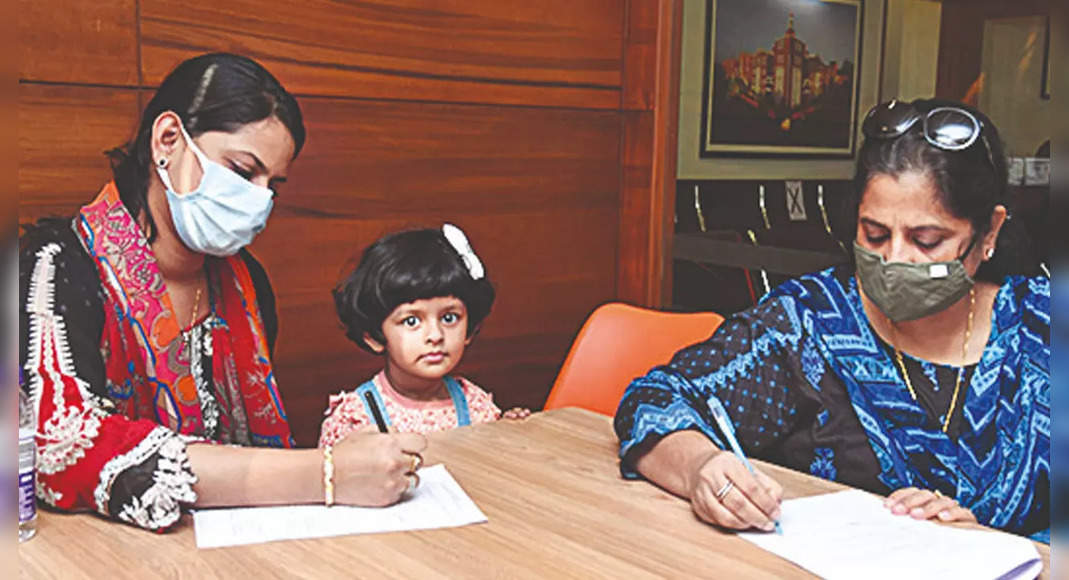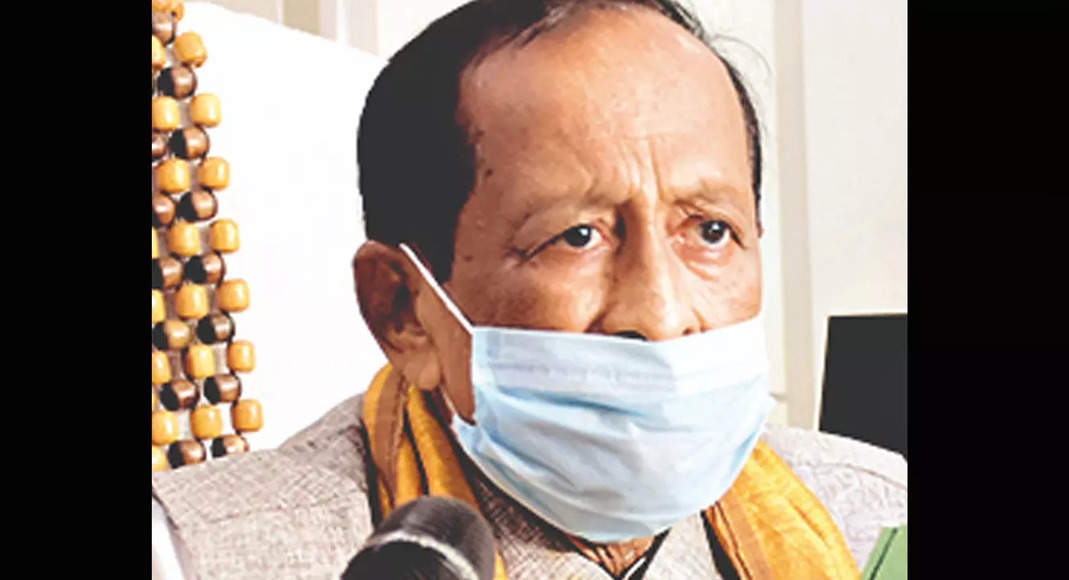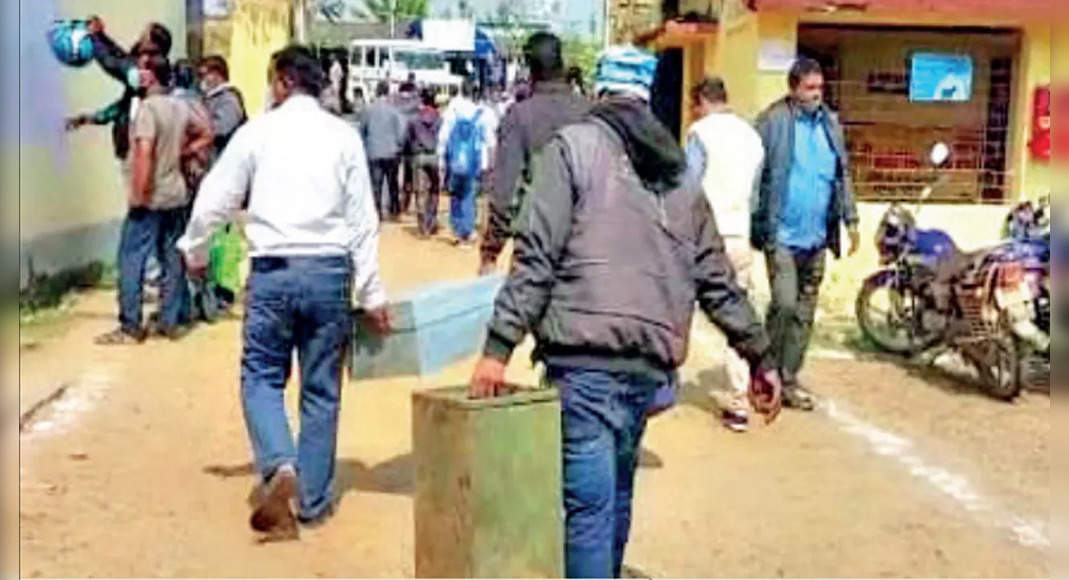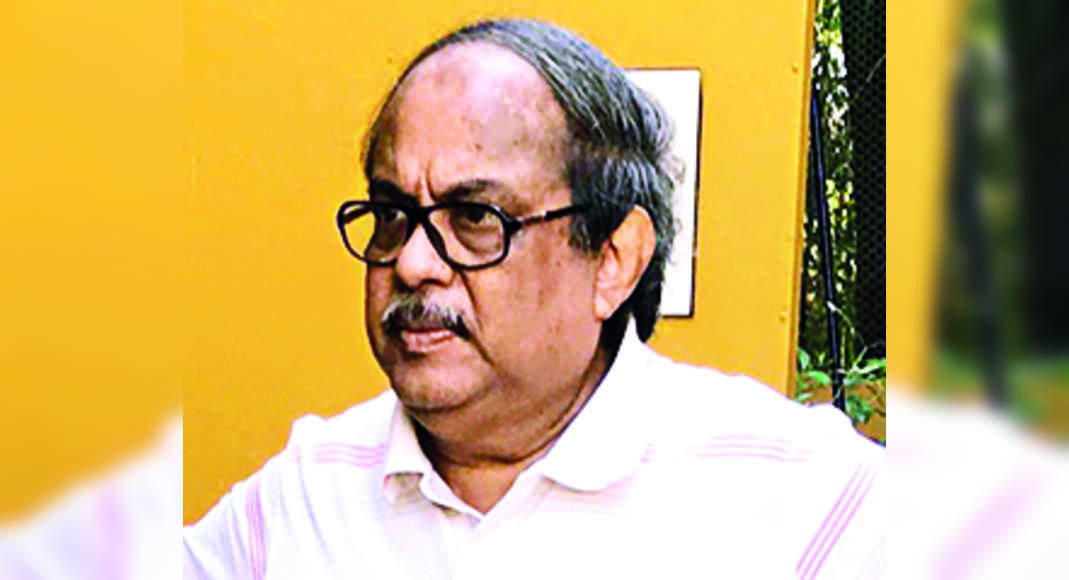Bhubaneswar: The percentage of children who are fully immunized is the highest (90.5 percent) in Odisha, revealing phase-II National Family Health Survey (NFHS-5) published on Wednesday.
Full immunization drives among children aged 12-23 months have recorded a substantial increase from 62 percent to 76 percent at the level of all of India in the last five years.
Emimulanted fully means that a child has taken all the scheduled vaccines supplied by the government.
A child in Odisha needs as many as 12 vaccines from government facilities.
Most local health workers along with workers Angganwadi coordinate vaccine camps at the village level with the help of health department officials.
Odisha is far ahead of the national average of 76.4 percent.
The score of the eastern state was 78.6 percent in 2015-16 (NFHS-4).
In addition to Odisha, five states in other immunizations are Himachal Pradesh 89.3 percent, Tamil Nadu 89.2 percent, West Bengal 87.8 percent, Karnataka 84.1 percent and cave 81.9 percent.
According to the survey, 98.1 percent of children aged between 12 and 23 months have received most of their vaccination at public health facilities in Odisha.
While 99.1 percent of children came from rural areas, 91.8 percent came from urban areas.
However, only Minitcule 1.4 percent of children (most of them from the city area) in Odisha received their vaccines from private facilities.
As many as 97.3 percent of children aged 12-23 months have received a BCG vaccine.
Similarly, 94.4 percent of 12-23 months old children have received three doses of Penta or Hepatitis B vaccines.
The Minister of Health Naba Kishore Das congratulates all health staff, especially the people involved in the immunization program to achieve this achievement.
“Because their business is tireless, we achieve this percentage.
We will work hard to further increase our percentage,” he added.
Nilamadhab Jena from the Indian Paediatrics Association (IAP) Odisha said it was a good sign that parents were aware of the immunization program and followed him.
“Odisha has witnessed a high infant mortality rate during the past.
But this type of percentage of immunization shows that we can reduce infant mortality.
Vaccines will protect children from dangerous diseases.
It is a good thing that Odisha has the highest percentage in the immunization that left Many developed countries behind, “he added.
Because of the Covid-19 situation and the imposition of locking, NFHS-5 field work in countries / UTS phases is carried out in two parts.
NFHS-5 Fieldwork for Odisha was conducted from January 19, 2020 to 21 March 2020 before locking and from 30 November 2020 to 31 March this year after Lockown by the Institute of Health Management Research (IIHMR).
Information was collected from 26,467 households, 27,971 women, and 3,865 men.







